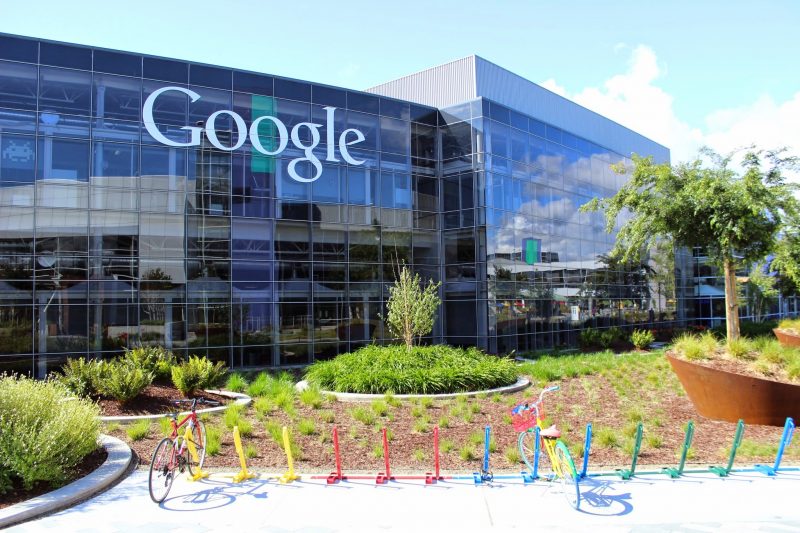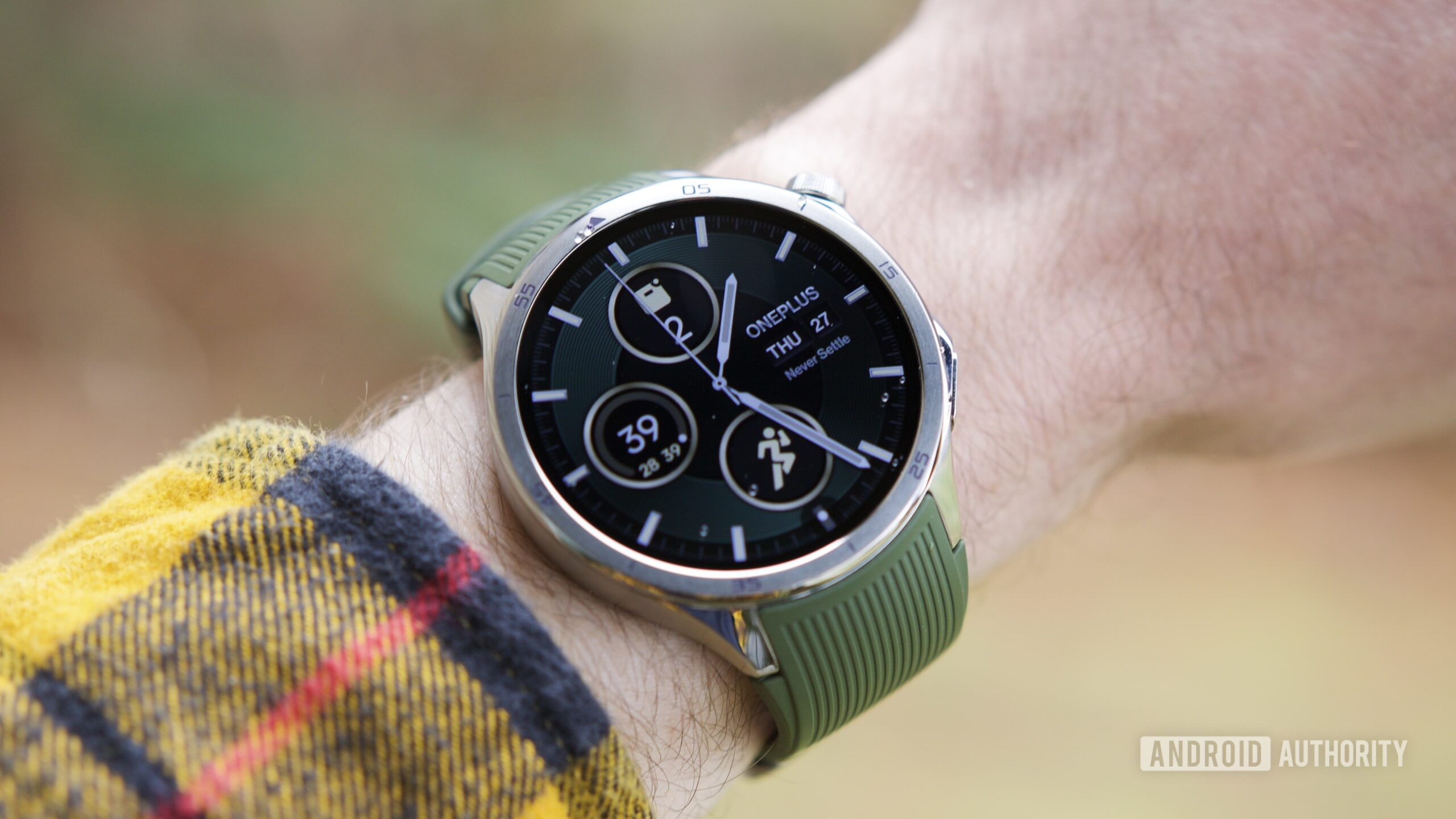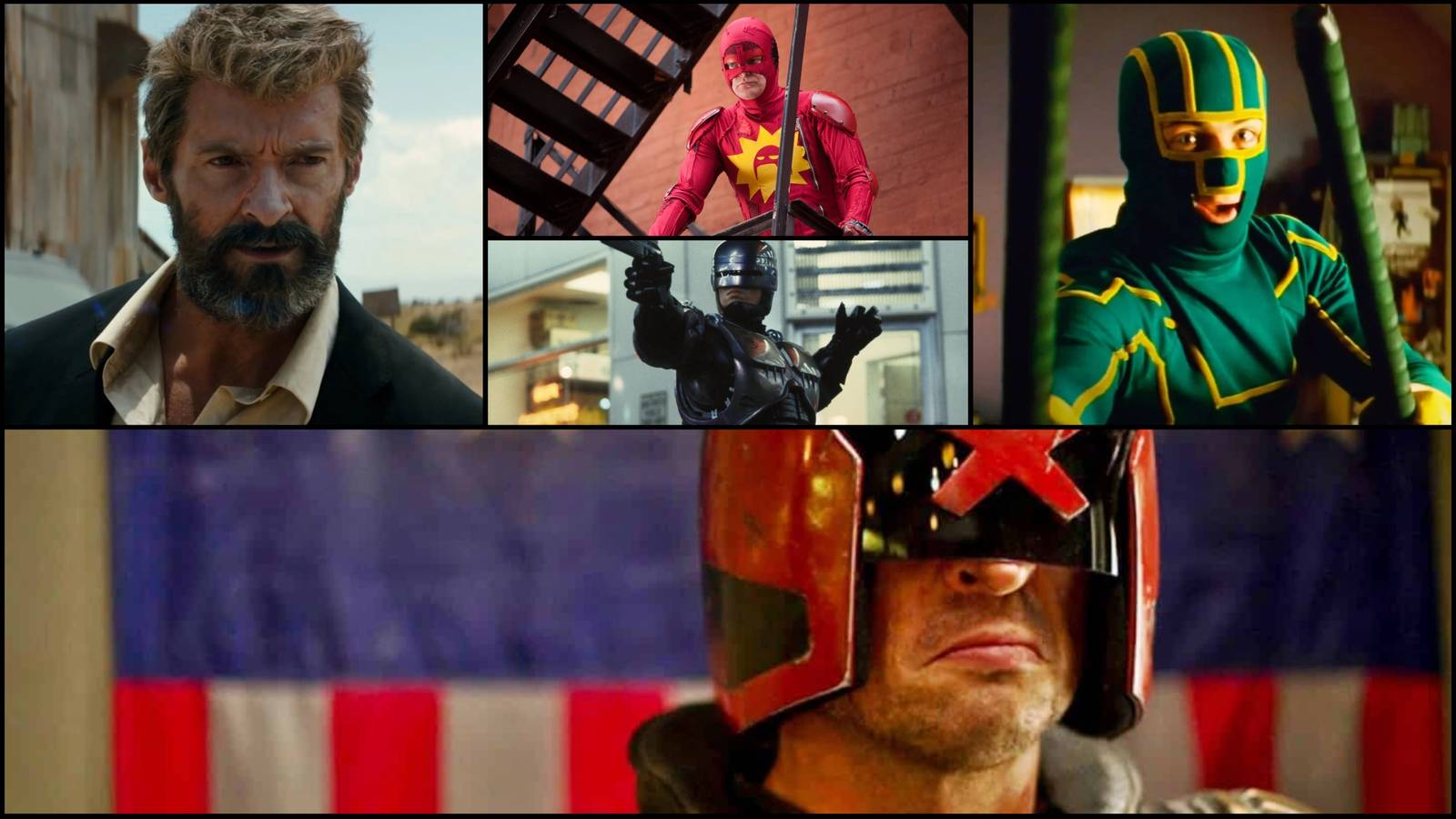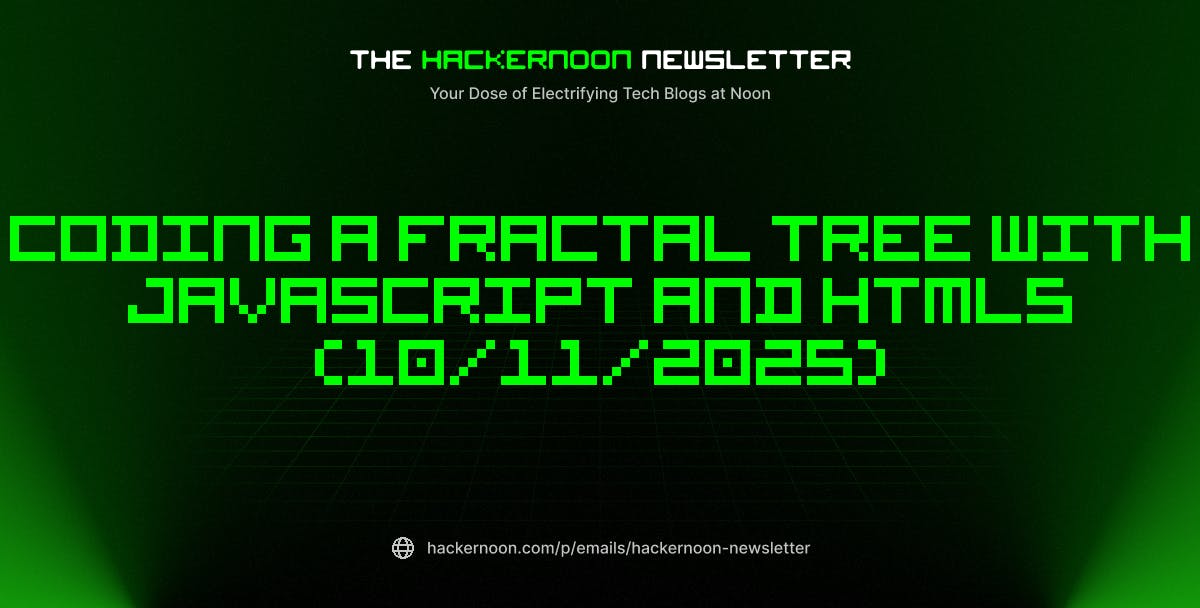Ahead of the Mesa 25.2 feature freeze and code branching expected later this week, some additional ray-tracing optimizations were merged today for the Radeon “RADV” Vulkan driver. These latest RADV ray-tracing improvements benefit the latest Radeon RX 9000 series “RDNA4” the most but there are also some optimizations too for RDNA3 class GPUs.
Natalie Vock who is one of several Valve contractors working on the Linux graphics driver stack worked out these newest RADV ray-tracing optimizations.
The patch series adds support for gfx11/gfx12 ds_bvh_stack* instructions along with other GFX12 (RDNA4) ray-tracing performance improvements. GFX11 as a reminder is for RDNA3 and RDNA3.5 GPUs. Natalie explained in the merge request:
“Adds support for both the gfx11 ds_bvh_stack_rtn instruction as well as the gfx12 ds_bvh_stack_push8_pop1_rtn (for BVH8 traversal) instruction.
ds_bvh_push8_pop1 needs to take in the 8×32 BVH intersection result as a vector-aligned operand in order to avoid copies. This is not as big of a deal on gfx11 because we only forward the intersection result as a whole – on gfx12 we need to manipulate individual components.
The first two commits are rather trivial changes which would’ve been quite annoying to rebase around if I would split them out into other MRs, but they too contribute to a considerable perf improvement on gfx12.
I also included “aco/isel: Use vector-aligned operands for image_bvh8_intersect_ray” in this MR because it has support for vector-aligned operands tied to defs as a shared dependency (ds_bvh_push8_pop1 also depends on it) and is rather trivial in itself.”
The real kicker though is the performance improvement for end-users with today’s merge to Mesa 25.2:
“All combined q2rtx for example gets a 14% fps increase on gfx12 in my testing.”
Around 14% better performance on AMD Radeon RX 9000 series compared to Mesa 25.2-devel up to this point, which already featured a number of ray-tracing optimizations. It will be interesting to see the ray-tracing benefits as well outside of Quake II RTX.
Just last week I featured a number of benchmarks in AMD Radeon RX 9070 Ray-Tracing Performance Improving With Mesa 25.2 that showed already the much improved Vulkan ray-tracing performance coming for RADV in this quarter’s Mesa3D feature release. With today’s merge, those numbers are now out-of-date and I am eager to run some new tests on AMD Radeon RX 7000 series and RX 9000 series GPUs.










